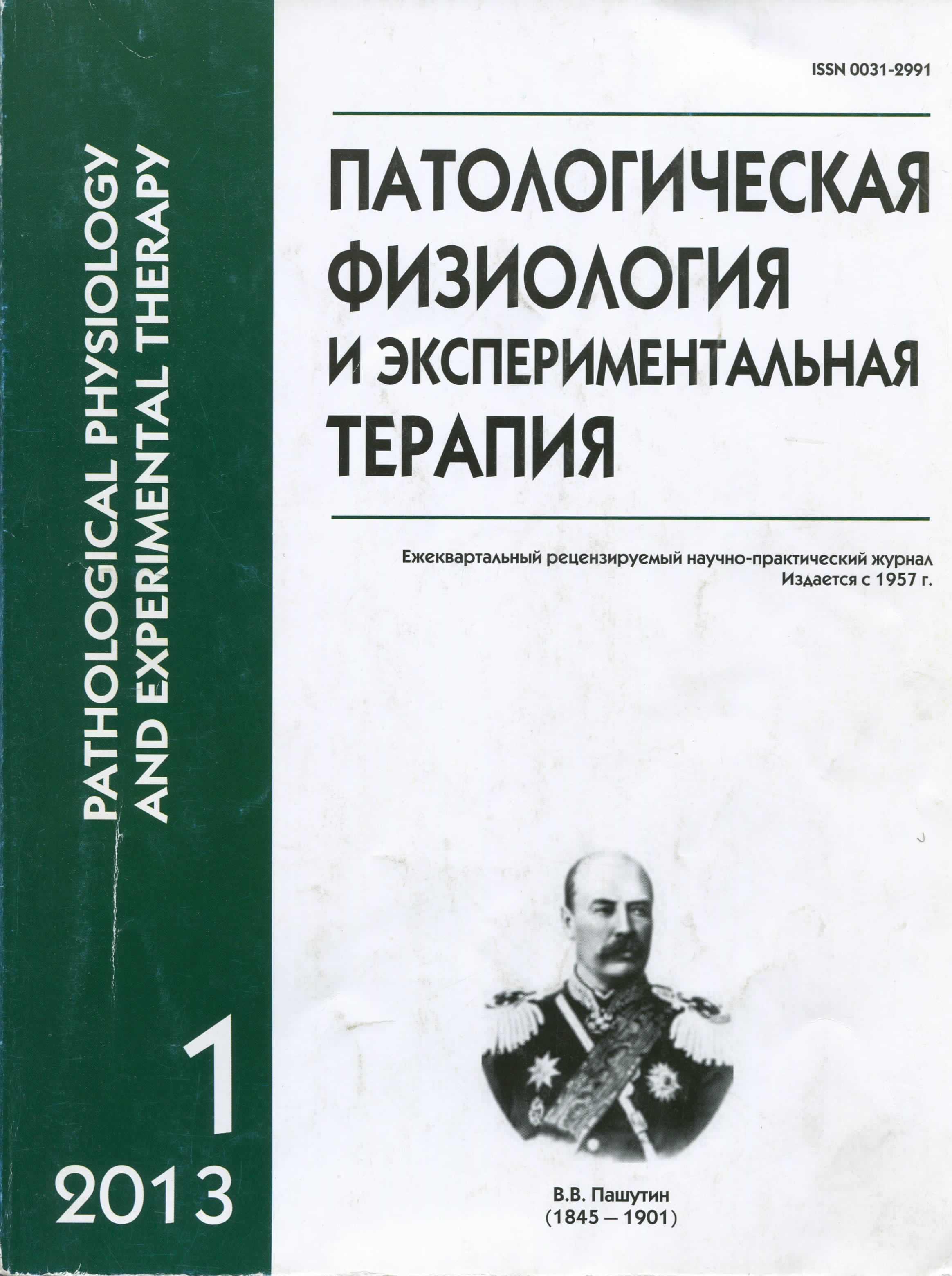Biochemical aspects of the influence of antiorthostatic hypokinesia on the experimental peritonitis
Abstract
Eighty white rats were divided into 4 groups: (1) vivarium control, (2) antiorthostatic hypokinesia (AH), (3) peritonitis alone, and (4) AH with peritonitis. Effects of AH were achieved by putting rats on a special stand for a period of 14 days, followed by the formation of peritonitis. After that biochemical parameters of blood samples have been investigated. Сombination effects of microgravity and peritonitis is unidirectional and have mutual weights. As illustrated in some cases two-fold increase in the level of the studied parameters in comparison with the control and vivarium peritonitis. Comparative assessment of peritonitis severity revealed that simulated effects of microgravity turn the peritonitis into more complicated forms.






